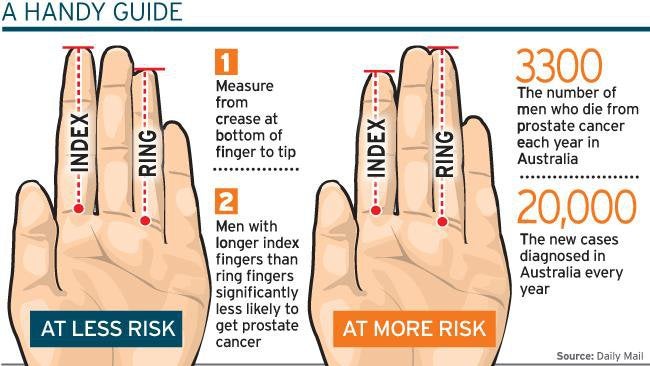

Children with autism had lower than expected 2D:4D ratios and children with AS higher ratios than expected in relation to their fathers' 2D:4D ratio. There were positive associations between 2D:4D ratios of children with autism and the ratios of their relatives. Children with AS, who share the social and communicative symptoms of autism but have normal or even high IQ, had higher 2D:4D ratios than children with autism but lower ratios than population normative values. We found that the 2D:4D ratios of children with autism, their siblings, fathers and mothers were lower than population normative values. The sample comprised a total 72 children with autism (62 males, 10 females age range 2 to 14 years), including 23 children (20 males, three females) with Asperger syndrome (AS), 34 siblings, 88 fathers, 88 mothers and sex- and age-matched control participants. High levels of prenatal testosterone and low levels of prenatal estrogens are associated with a low 2D:4D ratio, and men usually have a lower 2D:4D ratio than women (Manning, 2002). Reference Manning, Scutt, Wilson and Lewis-Jones 1 suggested that the ratio of length between the second and fourth fingers (digit ratio or 2D:4D) is a negative correlate of prenatal testosterone (T) exposure and a positive correlate of prenatal estrogen exposure. Researchers typically measure digit ratios for the right hand (R2D:4D) and/or left hand (L2D:4D), though sometimes also examine directional asymmetry. The ratio of index finger to ring finger length (2D:4D) is an index of prenatal exposure to testosterone and estrogen (Lutchmaya et al., 2004, Manning, 2002). We measured 2D:4D in 95 families recruited via the National Autistic Society, UK. More specifically, it has been suggested that a high concentration of testosterone 1, 2 or high ratio of testosterone-to-estradiol (T:E) 3 5 during prenatal development results in low 2D:4D. There is evidence that the ratio of the lengths of the 2nd and 4th digit (2D:4D) may be negatively correlated with prenatal testosterone. It has been suggested that autism may arise as the result of exposure to high concentrations of prenatal testosterone.


 0 kommentar(er)
0 kommentar(er)
